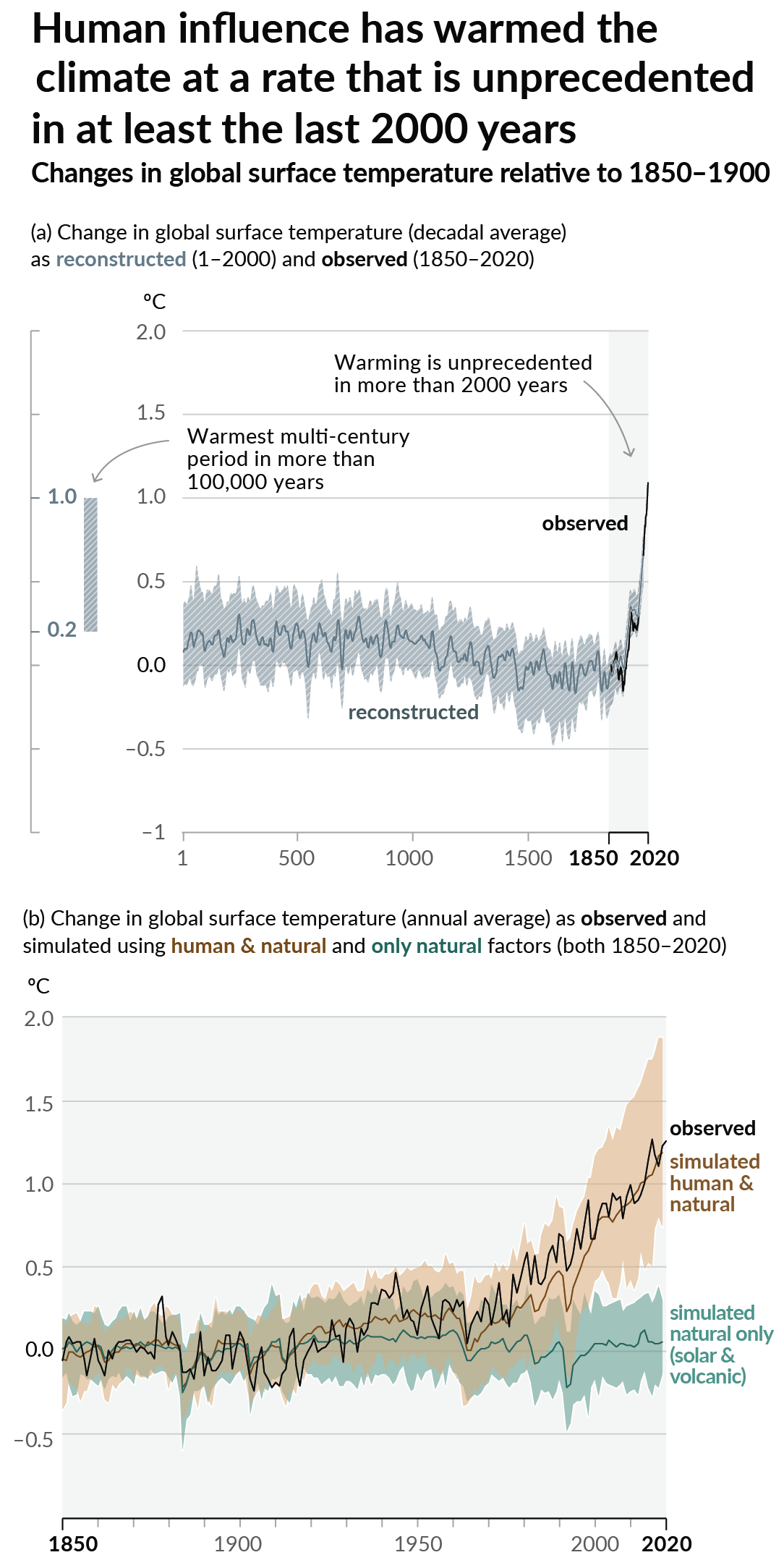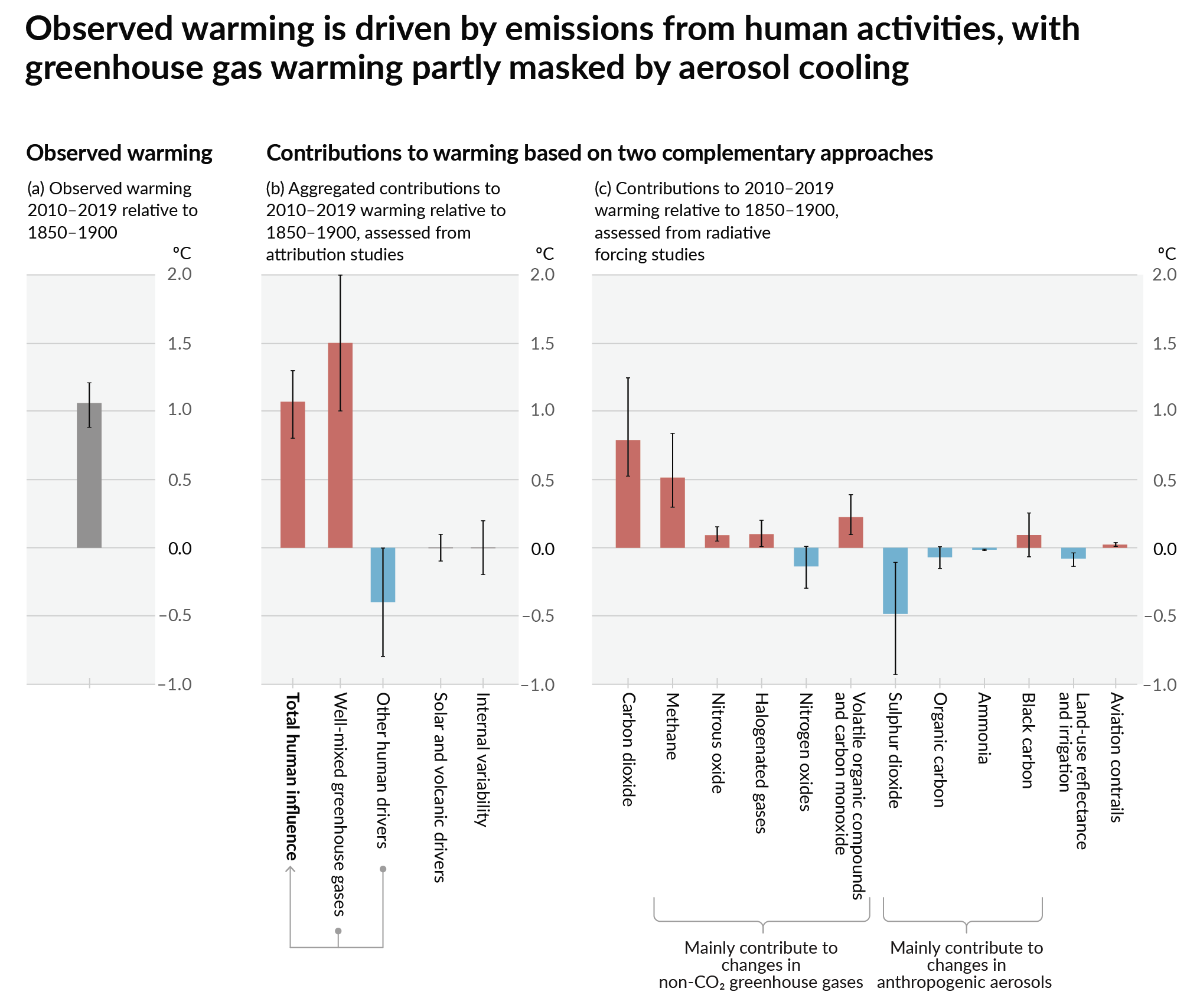227
you are viewing a single comment's thread
view the rest of the comments
view the rest of the comments
this post was submitted on 29 Jul 2025
227 points (98.7% liked)
Climate - truthful information about climate, related activism and politics.
7196 readers
444 users here now
Discussion of climate, how it is changing, activism around that, the politics, and the energy systems change we need in order to stabilize things.
As a starting point, the burning of fossil fuels, and to a lesser extent deforestation and release of methane are responsible for the warming in recent decades:

How much each change to the atmosphere has warmed the world:

Recommended actions to cut greenhouse gas emissions in the near future:

Anti-science, inactivism, and unsupported conspiracy theories are not ok here.
founded 2 years ago
MODERATORS
Late reply here.
When I was spec'ing a system for a DIY build, I was at about $60k for a 20kw system, with a 50kWh battery array, not including the actual copper wire to connect to the panel. But the problem you run into there is the bit about burning your house down, or electrocuting yourself, because the voltage gets very high, very fast. Wiring an outlet in your home is pretty simple, running new circuits from a breaker a little harder but still definitely within what a homeowner can reasonably do. But I was looking at things like pouring concrete for piers for a ground mount rack (my roof isn't adequate, and is partially shaded), trenching to get to the house, using microinverters so that it could be expanded easily, etc., AND trying to be done by 31 Dec. so that I still squeak under the federal tax credit requirements.
And it's not nearly as easy as you make it seem. Take panels; they're all going to have slightly different sizes, voltage output, etc., and you need to understand that voltage output when you're wiring them together. Some of the larger commercial panels (>650W or so) aren't going to work with microinverters at all. Then you need to consider how many panels you're going to be wiring in each string, and how you tie those strings together. Running everything in series runs the amperage up sharply, and running everything in parallel runs the voltage up. To make it even better, panel output increases in cold weather, so building a system with inverters and wiring that's close to the load limit at 50F can easily end up exceeding the load limit if the temperatures drop to -20F. (And goddamn, copper cables for >200A service can get expensive.) Wiring? Well, hopefully your system is actually all solid copper wiring, and not copper-clad aluminum, because at the load limits for copper-clad aluminum it gets a lot hotter than solid copper; too much aluminum wiring in too close proximity can melt the insulation off in a hurry.
And, again, i can not overstate just how easy it is to kill yourself wiring this shit, because the voltages and amperages get REALLY high, really fast. 20kW is an enormous amount of power.
Just a quick correction it's series that raises voltage, parallel raises amperage. It's not that difficult to do this safely solar equipment is all made with safety in mind. For example it's pretty rare that you should be working with raw wire especially any that is any type of live. The only time you will potentially be exposed to Raw wire is when you're initially making mc4 connectors but they should not be plugged into anything while you're doing that the panels will already come with their own mc4 connectors obviously you should fully make both ends of the cable before plugging them into anything.
Copper versus clad aluminum should not matter as long as you are using the correct size wire for the amount of amperage you expect to see, that's the same issue you could run into with house wiring so it's really no different than that the AWG sizes are standard and all come with load ratings. Regardless of the type of material it's made of if your wire is getting any type of hot it's a sign that you need a lower gauge wire it shouldn't be getting notably warm under load much less hot
There is indeed some math to be done to make sure that whatever type of inverter you use will work with the solar panels and arrangements you plan on using. It's some pretty basic math not particularly difficult, i do expect anyone doing DIY to do the bare minimum of reading the instructions. Don't get me wrong there are some stupid people out there, like the people that leave one star comments on an Amazon product saying that the bottle is smaller than they thought even though the listing says the size of the bottle in the title and the description. However I am not going to base my general recommendations on that level of intelligence.
If you do some very basic reading, look over the description of the products which will also tell you what type of voltage they can take how many amps and usually any other considerations it's pretty easy to put these things together correctly. And it's fairly easy to put them together without ever actually having to interact with live voltage other than the final connection which if you really wanted to be ultra safe about you could simply do at night when there wouldn't be any :) there's countless information available that you can research beforehand if you're ever nervous. Tons of great videos out there tons of great content on stuff like solarDIY forums etc